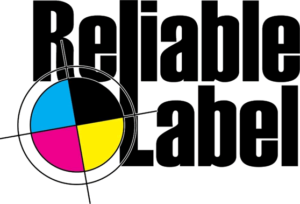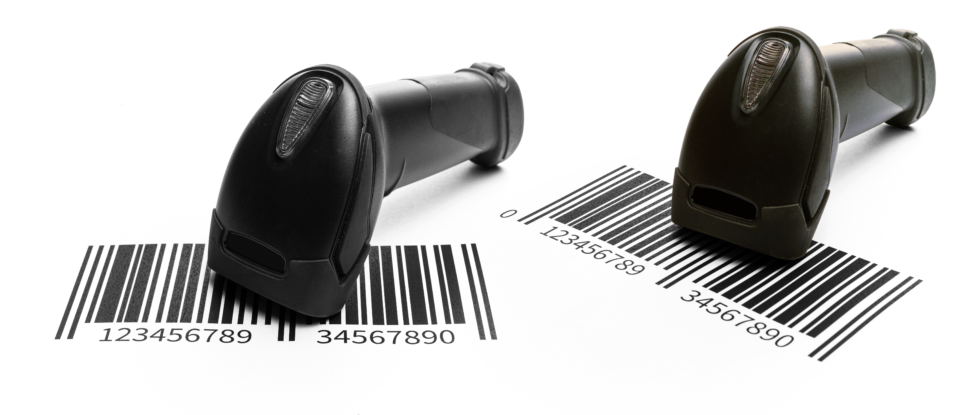


Home BARCODE LABELS

Barcodes are a simple means of attaching a product to a tracking system to help ensure that you consistently and easily collect various important data about the product such as the number of items in stock versus what is sold. During inventory, the barcode’s results can help you understand your bestsellers as well as the degree of shoplifting and product loss you are facing.
Not only are barcodes used to track products and goods, but they are also effective in the use of hospital or event wristbands since you can encrypt specific data into the code. With one swipe of the barcode or when you search it in your computer system, you will quickly have access to all of the details of this object or person.
The variety of uses of barcode labels gives you some choices to make when selecting the material on which the labels will be printed.
Barcode Labels Printing Materials
Barcode product labels are used in major department stores and businesses everywhere so this fairly universal technology offers you an assortment of options. With clothing tags, for example, you may choose to have your barcode labels printed on simple paper materials since they will remain dry and attached with a plastic tag to the article of clothing.
Shelf labels are affixed to shelves to represent a specific product’s pricing and barcode information directly under the product area. A few ways to attach these labels to the shelves includes a sticky-backed sturdy and shiny paper and on a flexible plastic material to allow pliability and durability.
The materials for this type of barcode use need to be sturdy but also soft, especially for hospital patients, as well as comfortable and flexible.
Regardless of your needs for barcode labels, there are materials and designs that will suit your needs.